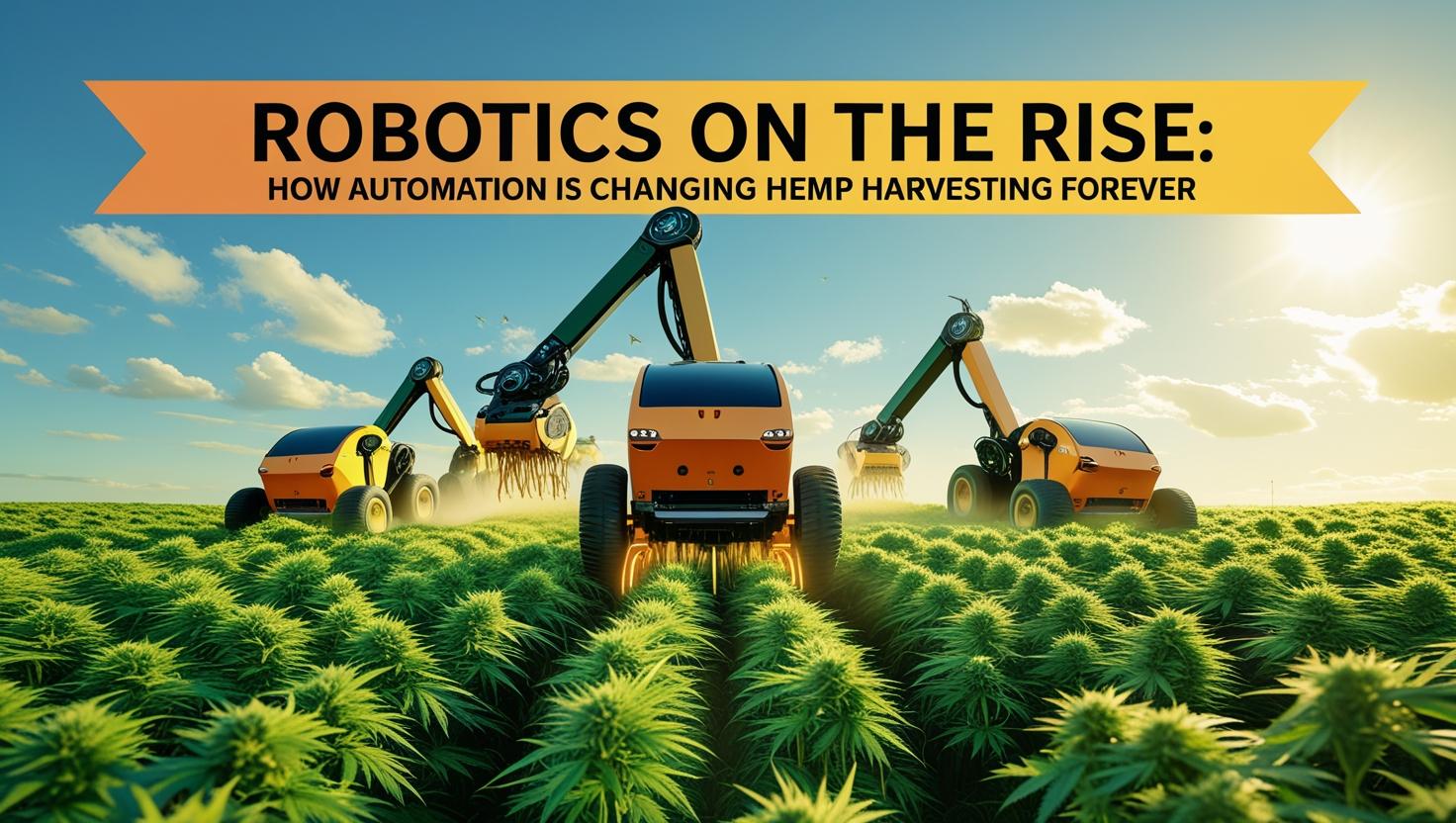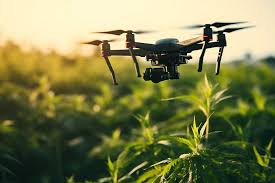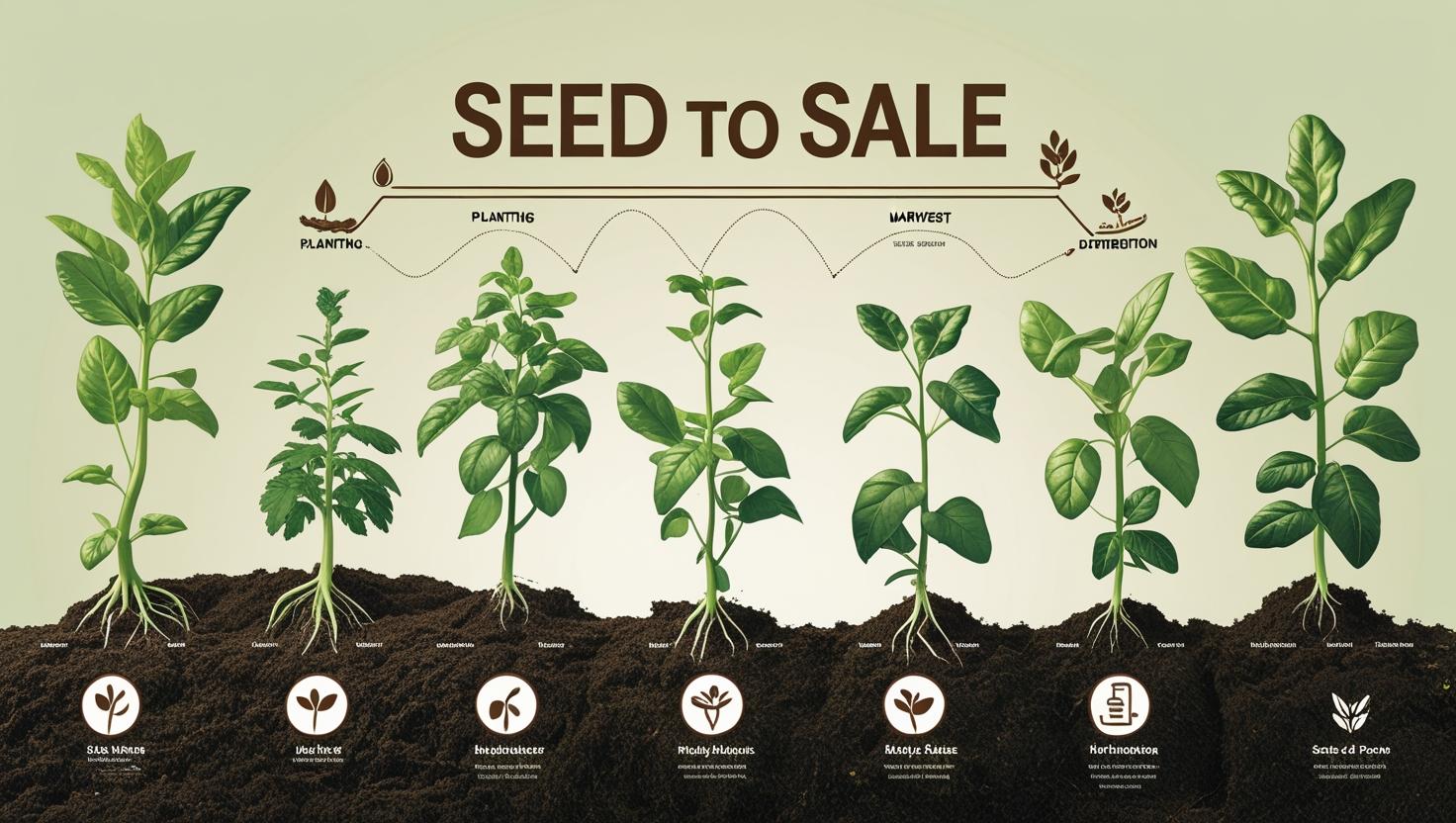Industrial Hemp Cultivation in India

Strong 8k brings an ultra-HD IPTV experience to your living room and your pocket.
Hemp cultivation is slowly gaining momentum due to its versatile application and numerous environmental benefits. This plant is offering potential for economic growth, environmental sustainability many health benefits.
There are multiple factors attached to the numerous processes that one needs to take care of before getting into this business. There is a tremendous inclination being found in the hemp growing business for profitability.
For a profitable hemp cultivation in India, one needs to take care of legislative regulation, which asks for less concentration of THC, 0.3% which is now being allowed in many parts of India, like Uttarakhand, Rajasthan.
Mainly, they belong to the family of cannabis sativa. You need to choose wisely the type of hemp you need to grow.
Automation in hemp harvesting
Automating in the hemp harvest industry won’t do without its challenges, a well-functioning automation will bring the process from start to end product through the conveyors and metering devices. But there is much scope for automating the hemp industry. It begins in the small field. Small activities where the plants are dissected, collected, dried, and processed by hand. But, in industrial practices, which apply modern agricultural practices, they automate the planting process with the help of tractors, harvest with combines, and pile the stalks with balers.
Automation in farming gives advantages by incorporating AI and data analysis, including higher efficiency, optimization, resource management, and improved agricultural output.
As the world population is thriving, the demand for the food chain is accelerating, need for an efficient and sustainable form of agricultural practices. This is predominantly an AI-based integration in the agricultural practices, which has witnessed an upsurge in the coming years.
The era is amplifying the usage of robots in farming practices to enhance crop harvesting. Hemp harvesting robots and their relevance in hemp cultivation are on the rise as they provide accuracy and efficiency, and reduce labor costs. The hemp harvesting robots are designed to harvest the cannabis sativa.
They use cameras and the sensor attached to the robot to detect any form of damage in the crop and retain the soil health, moisture, and need for watering the cropland. They are used to pick and use different robotics functionality to harvest the produce.
The six-axis robots are used for picking purposes. They are counted as stationary robots; this unit can be termed a mobile robot.
Weeding process: The robots do the work of weeding by removing the weeds from the field without manual labor. They select the image recognition criterion to identify the weeds, and the precision tool is utilized to remove them from the soil. The purpose-built robot is for removing weeds; it takes care of the weed control mechanism.
Planting of seeds: The process is already designed to be automated in the process of planting crops; the seeding and planting are repetitive tasks. These robots utilize GPS connectivity and other technologies to precisely plant seeds in the soil, ensuring the spacing and depth of the soil.
Ensuring the fertilizing process: Robots are intensively used for fertilization in agriculture. Conventional fertilization uses a fertilization process for the entire field. Whereas robotic fertilization fertilizes a particular area, plant, or soil, ensuring that each plant receives the fertilizers.
Contact us:
Niche Agriculture & Biotech Limited
Address: DC Chowk, SG Shopping Mall, 731, Sector 9, Rohini, Delhi, 110085
Email: [email protected]
Phone: +91 11 4105 3774
Note: IndiBlogHub features both user-submitted and editorial content. We do not verify third-party contributions. Read our Disclaimer and Privacy Policyfor details.







